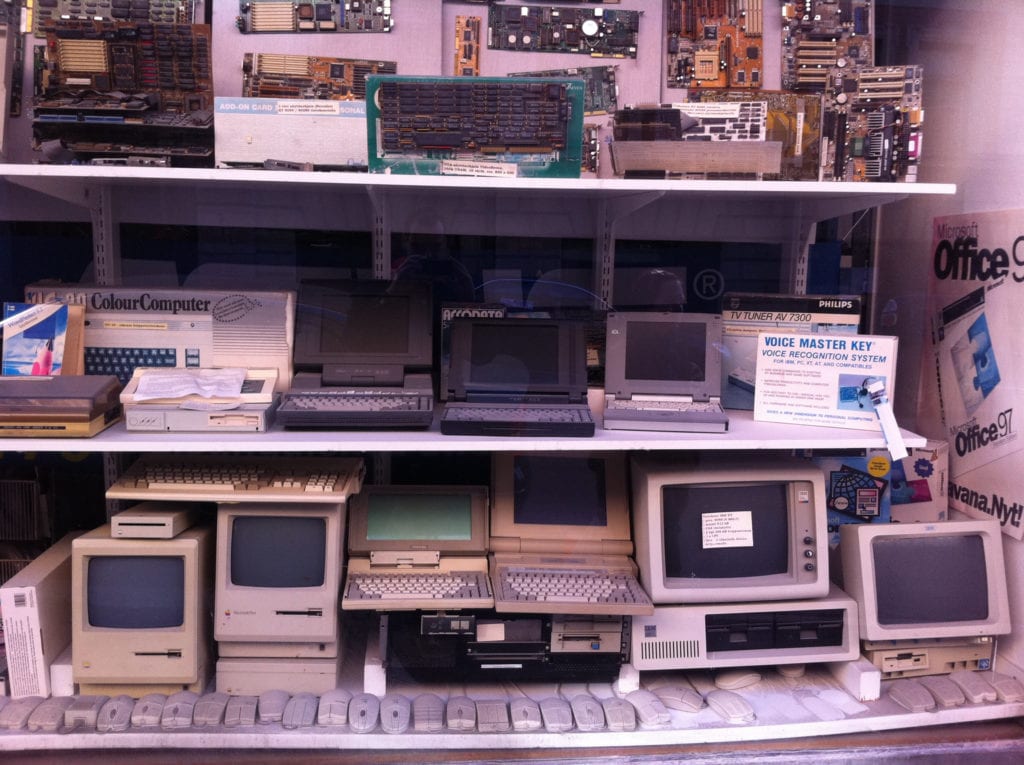In 2018, the IRS computer system crashed from too many taxpayers filing at once. It took 11 hours to bring the hardware back to life.
Recently, the IRS launched a “Get My Payment” portal to allow taxpayers to enter their direct deposit information and check on the status of their stimulus checks. The first day it launched, it was down for a brief period. However, the IRS emphatically stated the system did not “crash.”
The IRS is using what is called in IT (Information Technology) lingo, “legacy” systems. A legacy system is an old computer system, technology, or application program that is still in use.
To put the age of this system in perspective, when this system was first implemented, “The Andy Griffith Show” was premiering. The two software languages (programs) being used were first introduced in the 1950s. Even a number of desktops and servers are running on old versions of Windows.

The primary software for the master file system is called “assembler.” This is a low-level, machine-dependent language. What this means in English is that the program uses symbolic language as the input that is directly” assembled” into the binary code, which is the set of instructions that are specific to a particular machine. That is why the IRS is stuck using older IBM mainframes. The other software is called “COBOL” (Common Business-Oriented Language).
While it is true that COBOL is still being used by the banking industry for mainframe applications, there are fewer and fewer people who are knowledgeable in these languages. Also, some of these older systems do not integrate well with mobile apps.
The reason these systems have not been replaced is due to budget constraints and the fact that with software and hardware that is this outdated, it is rather difficult to migrate to completely new technologies.
The approach thus far has been more of a “‘Band-aid’ approach.” The IRS spends 2.7 billion dollars on IT and the lion’s share of that goes to the maintenance of old systems. Smaller components of the systems have been replaced and pieced together to keep it running.
Think of a 1960 Ford that has a new engine, transmission, and control systems, but everything else is sixty years old. It will function but not as efficiently as a newer automobile.











